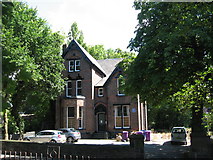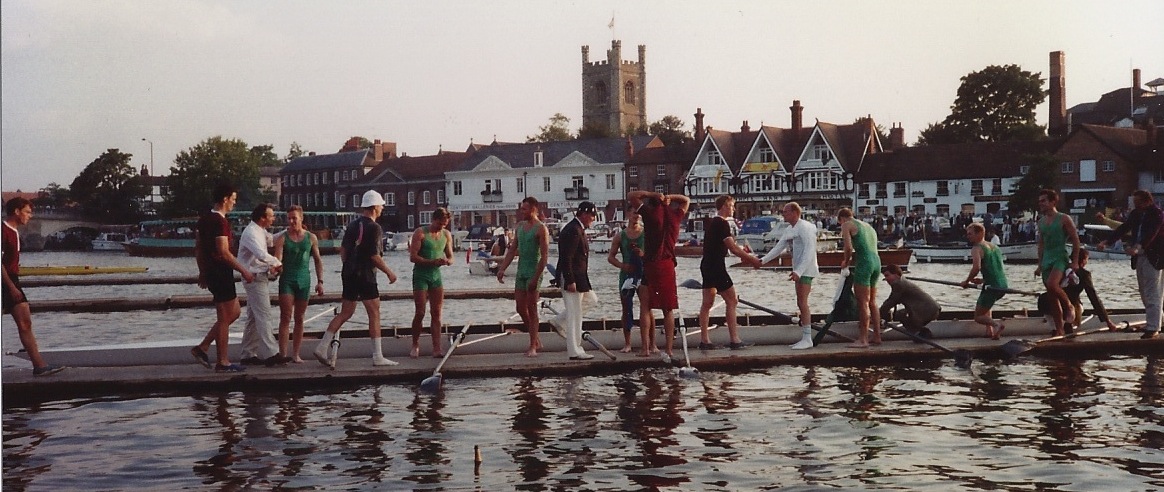Disputed goals are nothing new. Neither are proposals for goal line technology.
In the game’s early days, goals were defined by two vertical posts. The cross-bar, introduced in 1882, was one of many footballing innovations from Sheffield, alongside the throw-in, heading, corner kicks, free-kicks for fouls and even half time.
However disputes over whether the ball had passed between the posts or behind them were common and became more vociferous as the sport became more commercial and spectators started to pay to watch their local teams.
It was a disallowed goal in a closely fought match between Everton and Accrington on 26 October 1889 that inspired the invention of the goal net.
The game was played at Anfield, Everton’s home until the club moved to nearby Goodison Park after a dispute with their landlord in 1892. Everton, and their supporters, were convinced they had scored. The ref disagreed. The game ended in a 2-2 draw.
Among the crowd was John Alexander Brodie (1858-1934) a young civil engineer. In November 1889, he submitted a patent application (no. 19,112) for goal nets for football and other games. The patent was granted on 27 November of the following year.
Brodie’s proposal was delightfully simple: a ‘pocket in which the ball may lodge after passing through the goal’. Nets ‘as under Mr Brodie’s patent’ were later approved by the Football Association and first used in an FA Cup final in March 1891 at the Oval, London. Nets became compulsory for all league matches from September 1891 and for all FA Cup ties from 1894.
Although Brodie described the goal net as the invention of which he was most proud, he also had an enduring influence on the development of Liverpool as a city. He conceived the Queen’s Road ring road, the concept of building tramways in central reservations and pioneered the use of concrete for pre-fabricated affordable housing. He also worked on Queensway, the original Mersey Tunnel, which became the longest subaqueous road tunnel when it opened in 1934. Further afield, he was also involved in the planning of New Delhi in India.
Another of Brodie’s projects can also be regarded as something of a sporting landmark. His East Lancashire Road (A580) connecting Liverpool with Mancheseter was the first purpose-built trunk-road. It’s name is often applied to derby matches featuring a club from each of the cities.
Brodie was born on 5 June 1858 at Chyknell,near Bridgnorth, Shropshire. He studied at Owens College Manchester between 1879-81. An English Heritage plaque was erected at his former Liverpool residence at 28 Ullet Road in 2000.

28 Ullet Road, John Brodie’s House
© Copyright Sue Adair and
licensed for reuse under this Creative Commons Licence.



